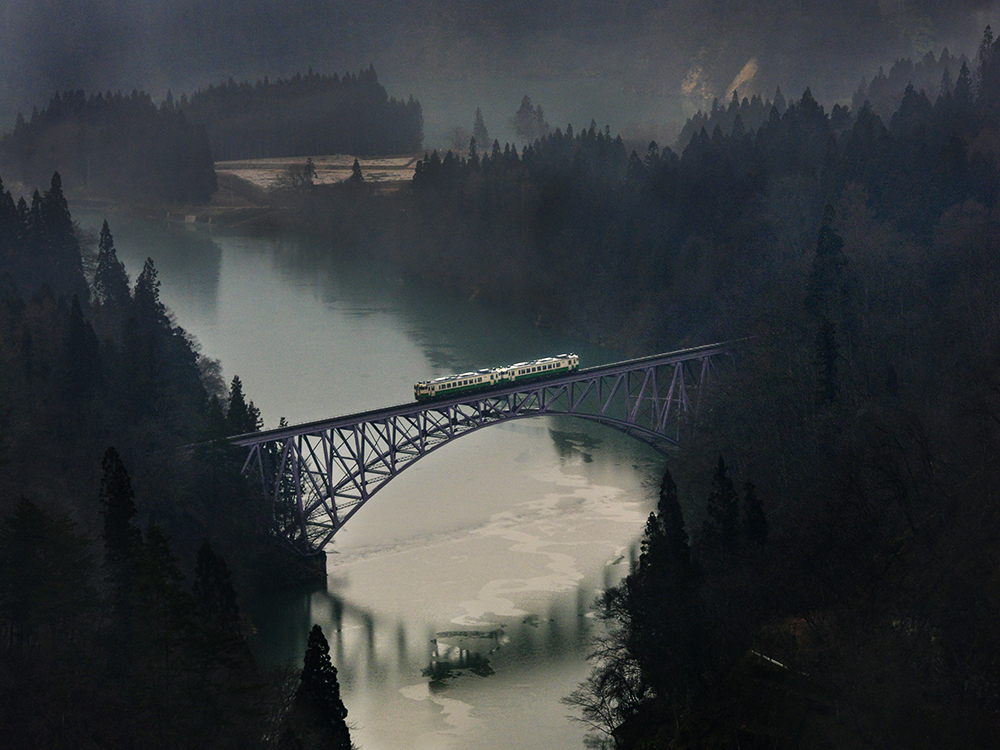For most foreigners hearing mention of Fukushima, their first thought is a clouded one.
Just nine years removed from the Tohoku earthquake and the nuclear disaster that followed it, Fukushima has become associated with potential danger and ongoing rebuilding. But with an open mind and attentive eye to the region’s unique offerings, travelers will find that Fukushima is so much more than one unfortunate event that’s come to define it.
A Fukushima Tour
Before and after that moment exists a quaint prefecture – a mere two hours outside of Tokyo – that boasts delicious cuisine, a rich history and an inviting population of proud locals keen to celebrate their corner of the world.
On a cold Monday in February, we arrived at Koriyama Station and our first stop was Ouchi-juku, a small post town tucked into the foot of a small mountain. Post towns like this one were once used as lodging stopovers for those traveling through Japan.
In the winter, the lodges lining the street served as inns, and have since been converted to shops offering up local souvenirs. At the end of the road, a lookout point delivers a stunning perspective of the town and the surrounding mountains.
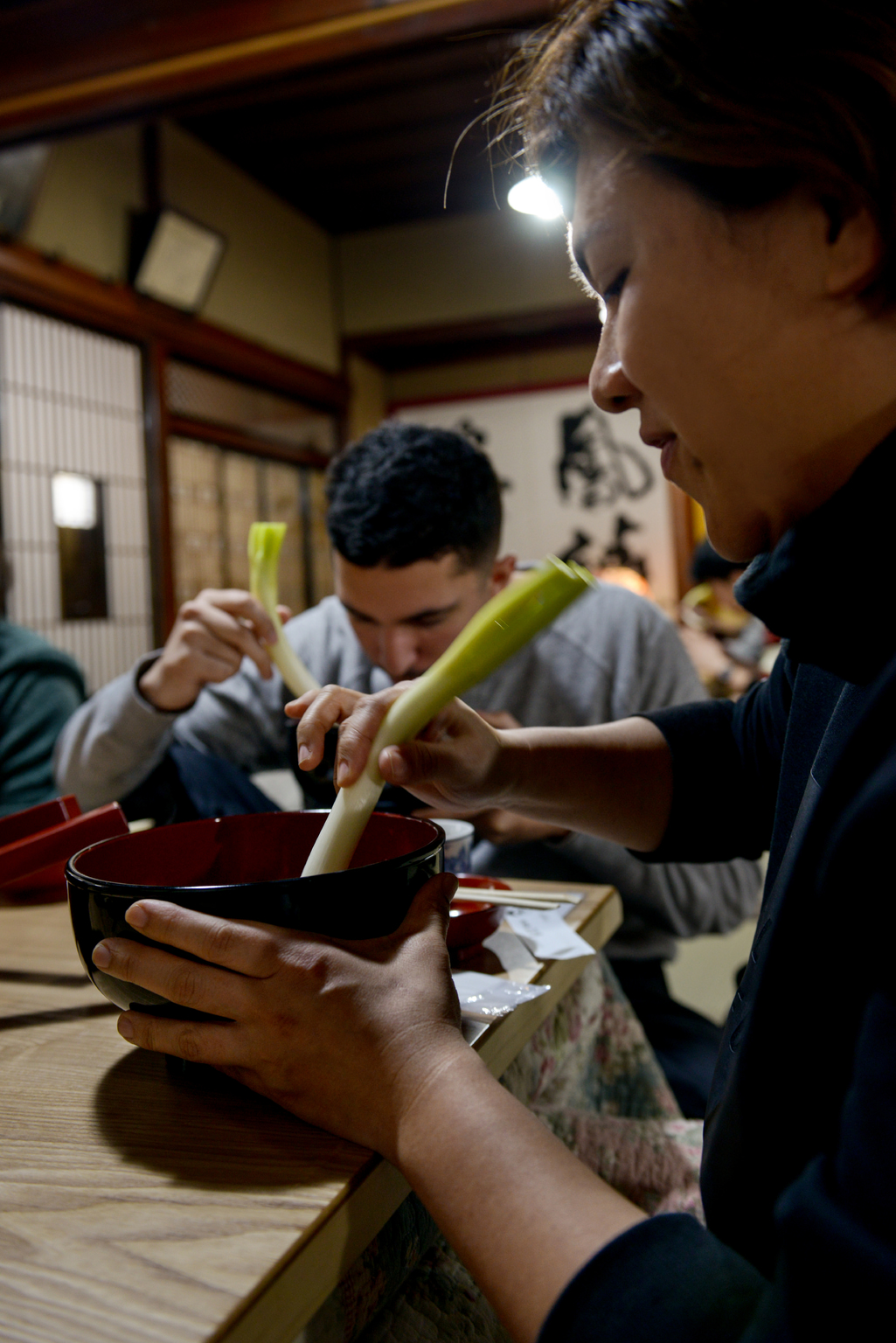
Photo by Mark Oxley
Stir It Up
Coming back down to the main drag we entered a local soba shop that invites visitors to use negi instead of chopsticks as utensils: a local challenge worth accepting.
Inside were charcoal-burning space heaters and families tucked into kotatsus, coziness consuming the room on an otherwise rainy day. I noticed diners warming themselves with the local delicacy of shinshu soba, made of buckwheat from local fields, before trying my hand at using green onion as an eating instrument. Eventually, a server instructed me to bite the end of the negi to get some traction, and of course this worked.
When we finished our soba, we felt we’d worked hard enough to order each of the local mochis available – one covered in red bean paste and the other in a crunchy soy topping. Both were soft, light and hand-pulled, making it all the harder to abstain from ordering another round. But there was much more to see.
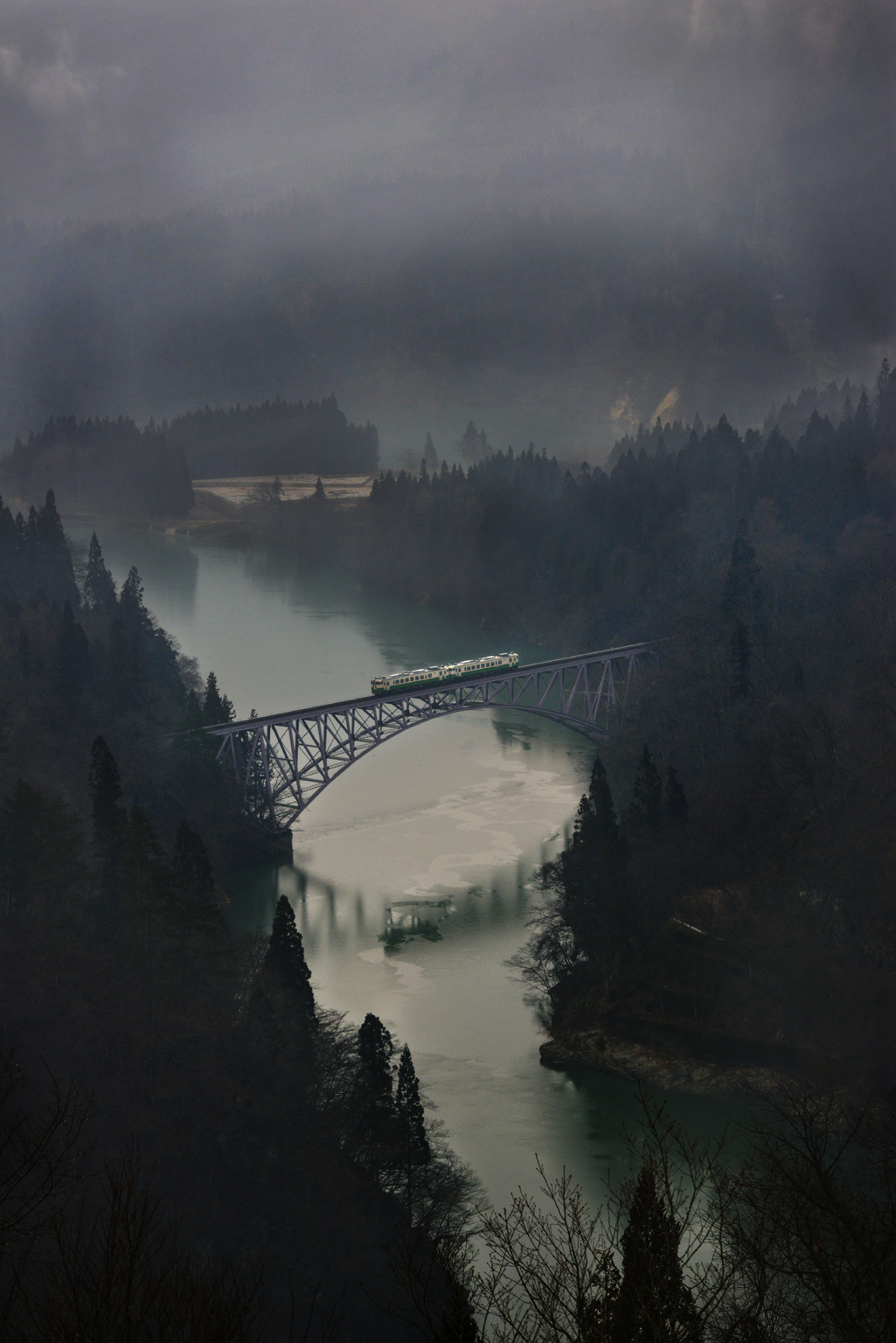
Photo by Mark Oxley
Trains, Bridges & Breathtaking Scenery
Our shuttle continued on through the rice field-laden lands of Fukushima, through an endless run of winding roads and round tunnels disappearing into rolling mountains. Every few minutes, breathtaking panoramas of snow-crested peaks opened up on either side of the van.
Eventually, we arrived at a rest station that serves as a lookout point for the Tadami River Dai-Ichi Iron Bridge, which the local Tadami Line train snakes through 14 times per day.
After a short hike up three flights of stairs, a near-mystical view appeared of the river and the hills beyond it. A source of hyper-local pride, the point became a destination for tourists in recent years after photographers posted images from it online. And truly, it is breathtaking to see in person.
With the mountain fog lifting off the trees and the two-car train making its way across the bridge and revealing its reflection on the lake, I was momentarily transported to previous centuries when roads were undeveloped and trains through mountain ranges were the preferred manner of transportation. A simpler time.
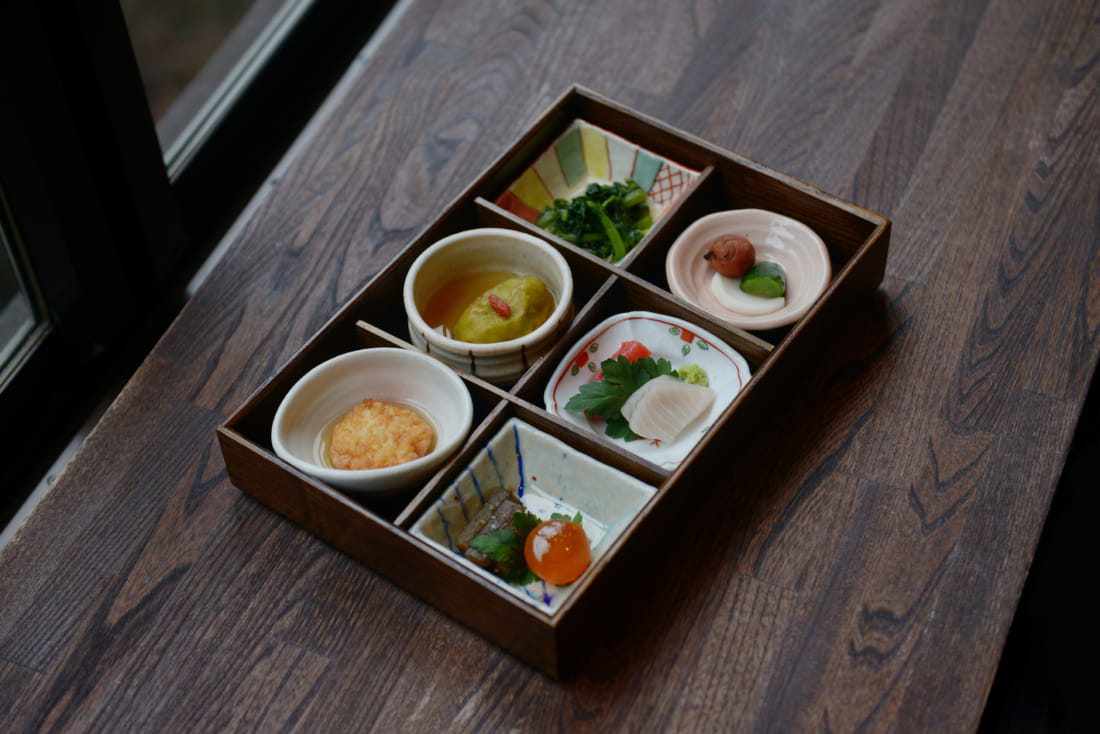
Photo by Mark Oxley
Traditional Japanese Accommodations
With the sun setting, we headed toward our lodging for the night, the Higashiyama Onsen Mukaitaki, just minutes from Lake Inawashiro. The cold day and hours in the car had taken their toll, but a visit to the onsen – with indoor and outdoor options – gave me a refreshing energy boost before dinner.
Entering the dining room in my yukata (I wasn’t the only one), we were greeted with a coursed dinner of sashimi and pork shabu-shabu, as well as a buffet equipped with kara age, vegetables and handful of desserts. The coziness of the day continued to be all-encompassing.
From the friendly tone of the service staff to the tree-lined woods just beyond the window, the ryokan had the quiet countryside appeal I was beginning to associate with Fukushima as a whole.
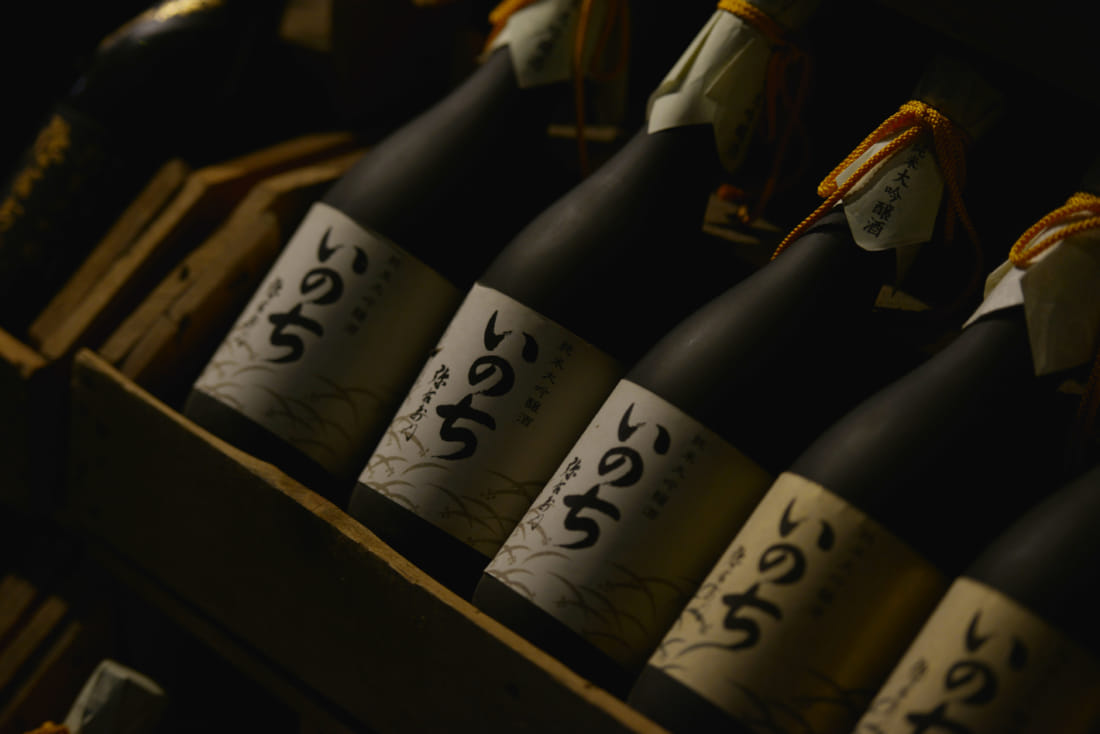
Photo by Mark Oxley
Sipping Fukushima Sake
The next morning got off to an eventful start with an early visit to the Yamatogawa Sake Brewery, a former distillery that’s become a display museum for locally produced sakes. An insightful guide showed us through a historic building that featured original wood paneling and tamped-dirt rooms which were useful in providing a temperate space for sake production.
Before a generous tasting of some of the brewery’s most well-known varieties, the guide walked us through the sake-making process and gave context to the fresh mountain water that makes Fukushima sake (and ramen, for that matter) so special.
Speaking of ramen, we hopped back on the shuttle and headed to a culinary-minded traveler’s dream activity – learning to make ramen from a master of Kitakata ramen, a soy sauce-based dish.
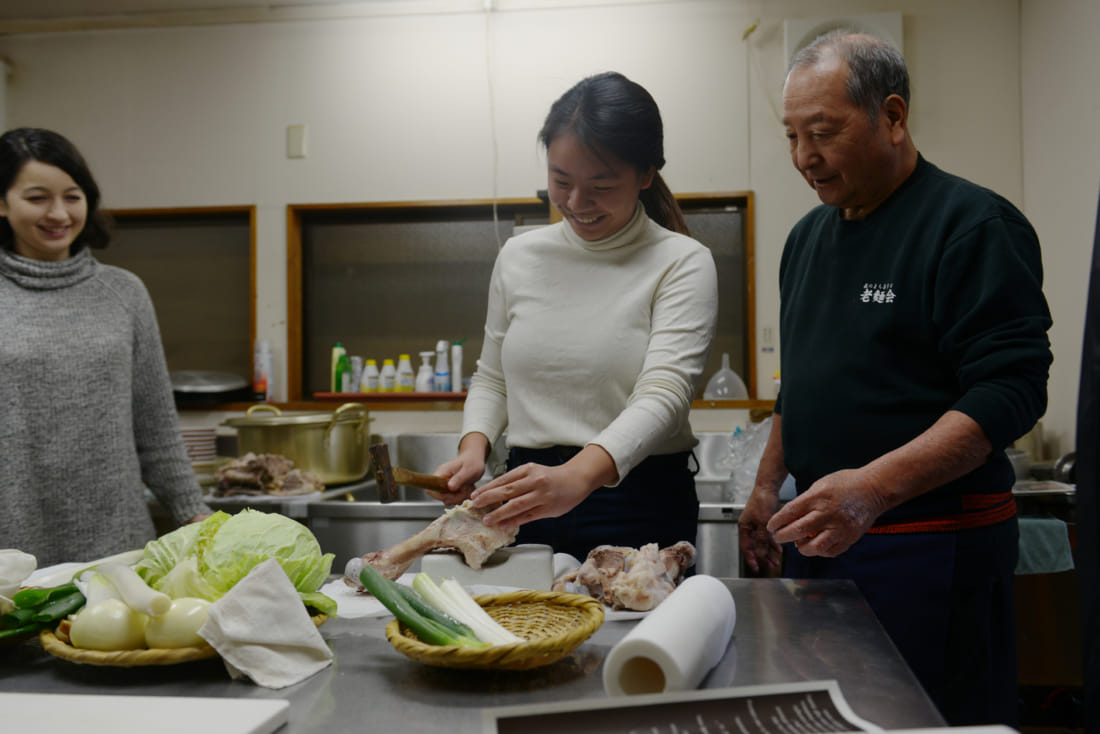
Photo by Mark Oxley
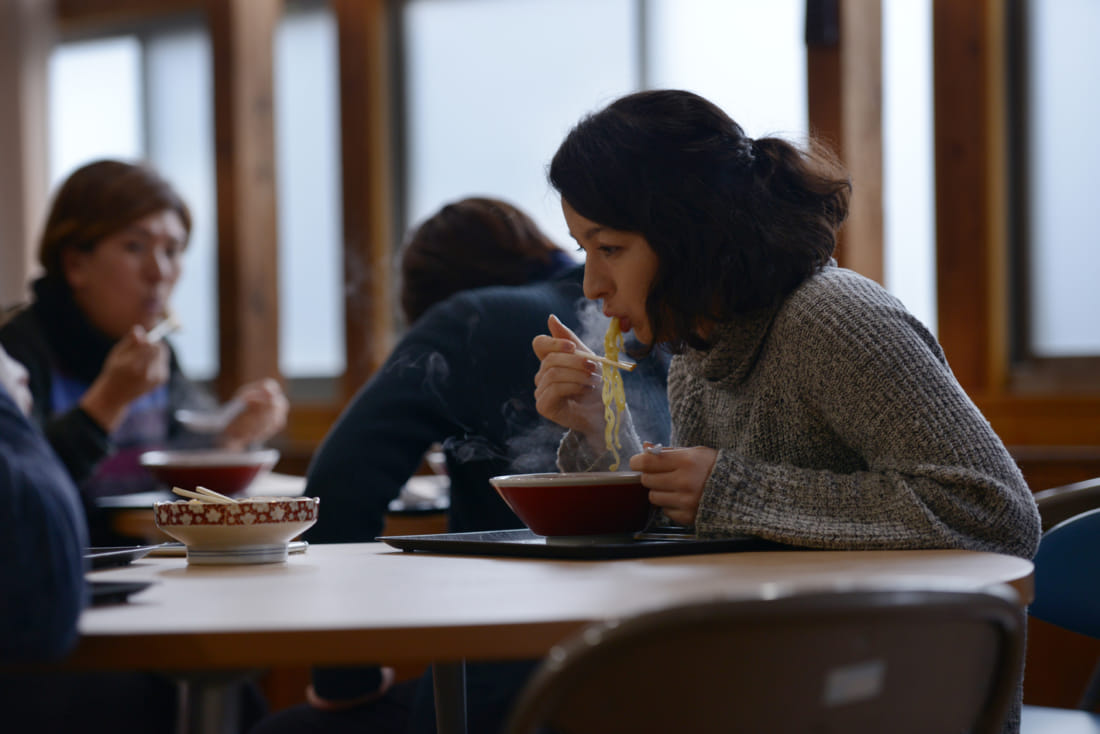
Photo by Mark Oxley
Gathering around the workshop kitchen, we watched as Suganuma-san – a massive baseball fan who ran a ramen shop named Homerun for 30 years before retiring last year – walked through the steps of making the local dish. He even asked for volunteers to help, although he and his wife had more than enough experience to make ramen with their eyes closed.
From cracking a pork bone to boiling a chicken- and veg-based broth to slow-cooking katsu in a pot of soy sauce to boiling hand-pulled noodles to finally plating the dish for our own enjoyment, the experience felt like an immersive peek behind the curtain of everyone’s favorite comfort food. And the final product tasted so much better knowing the work that’d gone into it.
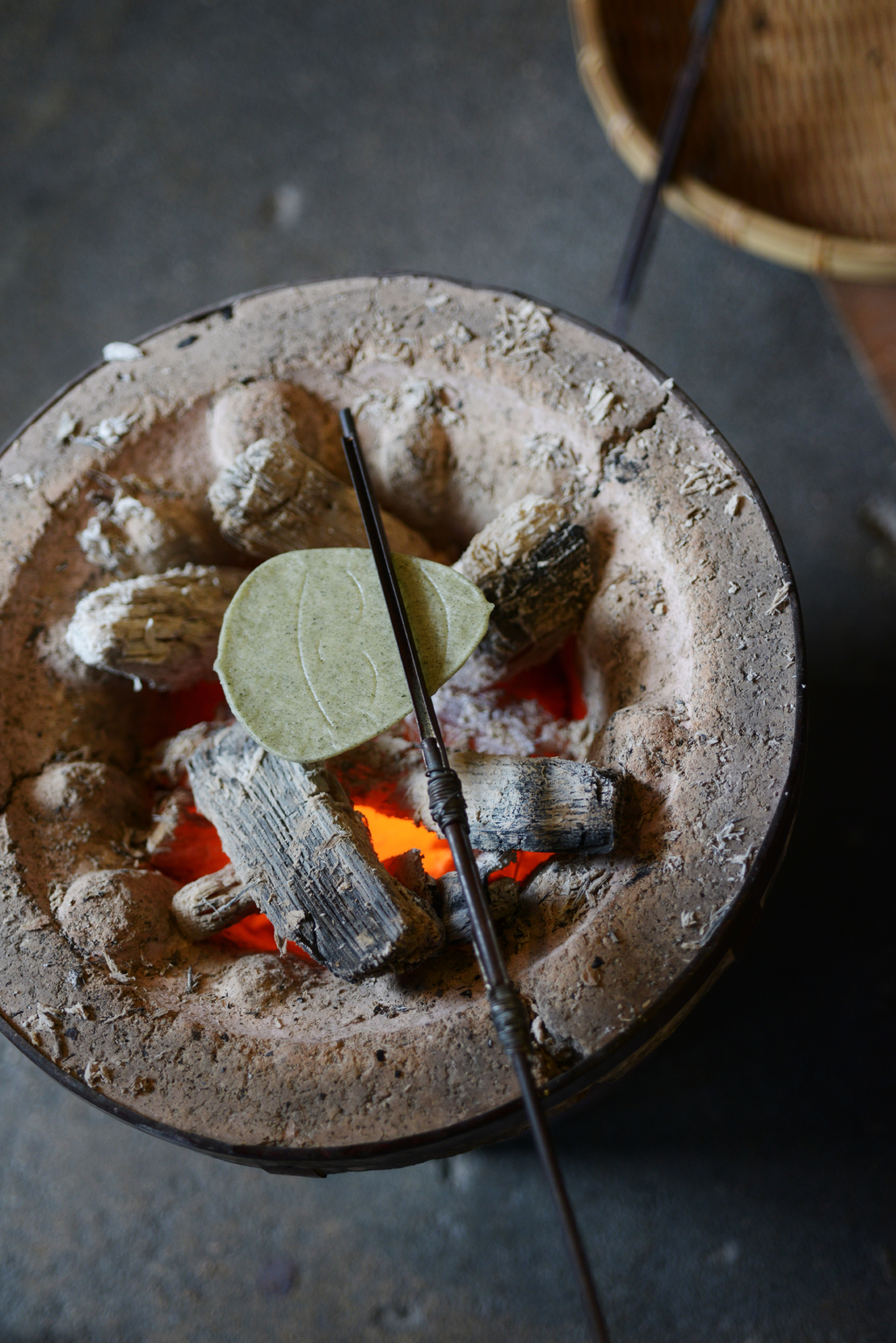
Photo by Mark Oxley
A Visit to the Ramen Shrine
Fat and happy, we said grateful goodbyes and headed to Kitakata – the ramen’s namesake – where the streets are filled with old-fashioned warehouses, some still in use and some recently refurbished into homes and hotels.
There, we popped into the Kitakata Ramen Jinja (yes, a real shrine to ramen), which showcased an impressive collection of dolls dating all the way back to the Edo period. And no visit to Kitakata would be complete without a local rice cake shop, where an energetic host showed us how to properly toast rice cakes over a small, smoky fire.
Finally filled up on food and indulgences, we finished our tour with a stop at one of Fukushima’s architectural and historical marvels – the Aizu-Wakamatsu Castle, also known as the Tsuruga Castle.
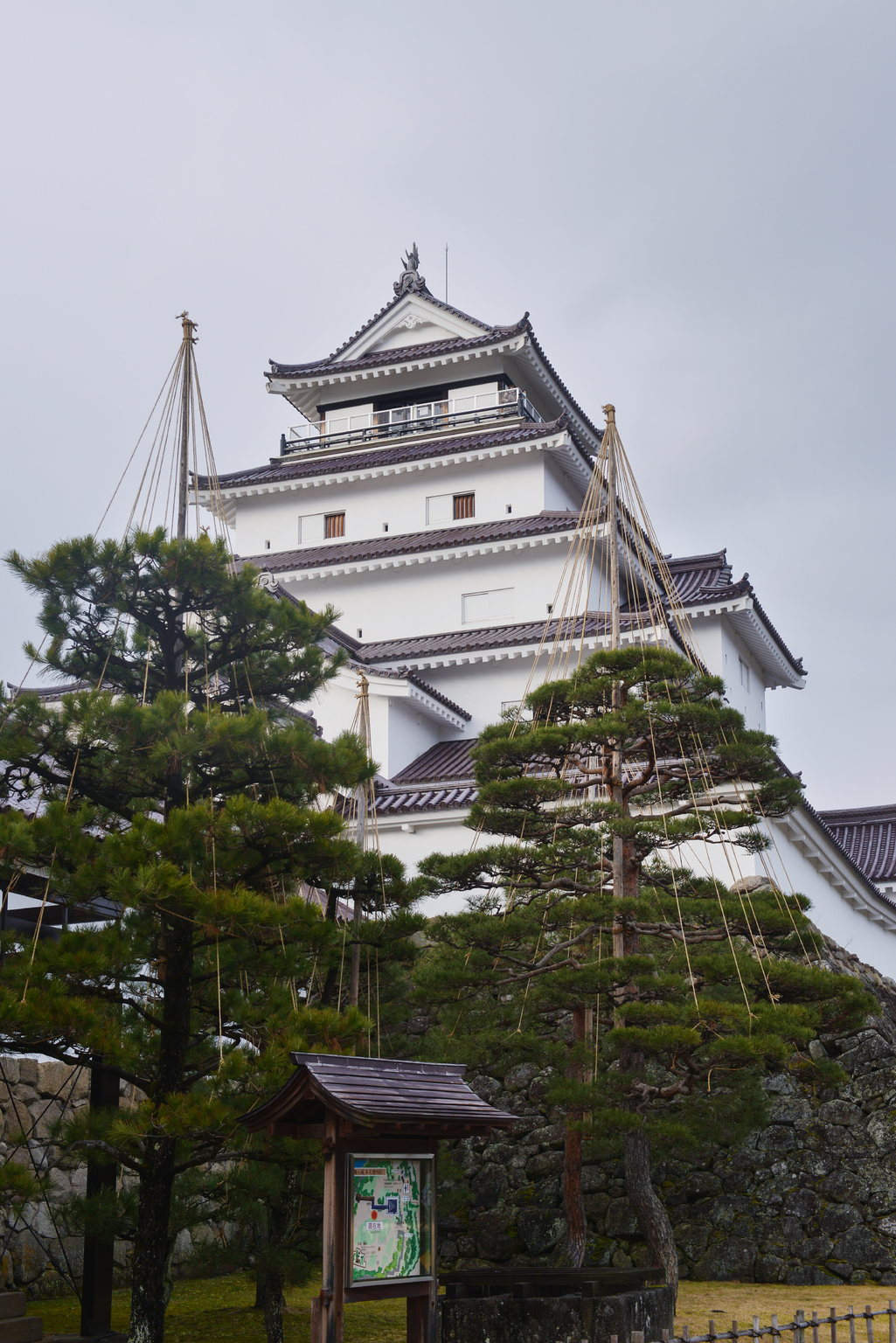
Photo by Mark Oxley
The Historic Samurai Castle
A source of dignity and dispute for the area, the castle was originally built in the 1300s and was destroyed in an earthquake in 1611, only to be reconstructed and eventually destroyed again – and finally – by the Meiji government after the Boshin War.
What stands in the castle’s place now is a recently built replica that preserves the history of the region in a well-organized museum. Inside you’ll find relics of samurai swords and masks, models of the castle plans and surrounding town and informational displays about the Battle of Aizu that led to the castle’s eventual demise.
One gripping section told the history of the Byakkotai, a fabled group of teenage warriors who were descendants of the Aizu samurai. The troupe of young warriors is remembered for retreating to nearby Mount Iimori during the Battle of Aizu and seeing smoke, which they assumed to be coming from the castle. Facing what they thought was certain defeat, they committed seppuku.
Seeing oil-painted portraits of the boys who perished just kilometers from the castle, the museum was a touching reminder that alongside Fukushima’s diverse culinary and aesthetic attractions, the region has a rich political history dating back to the Edo Period that has shaped its people and their perspectives.
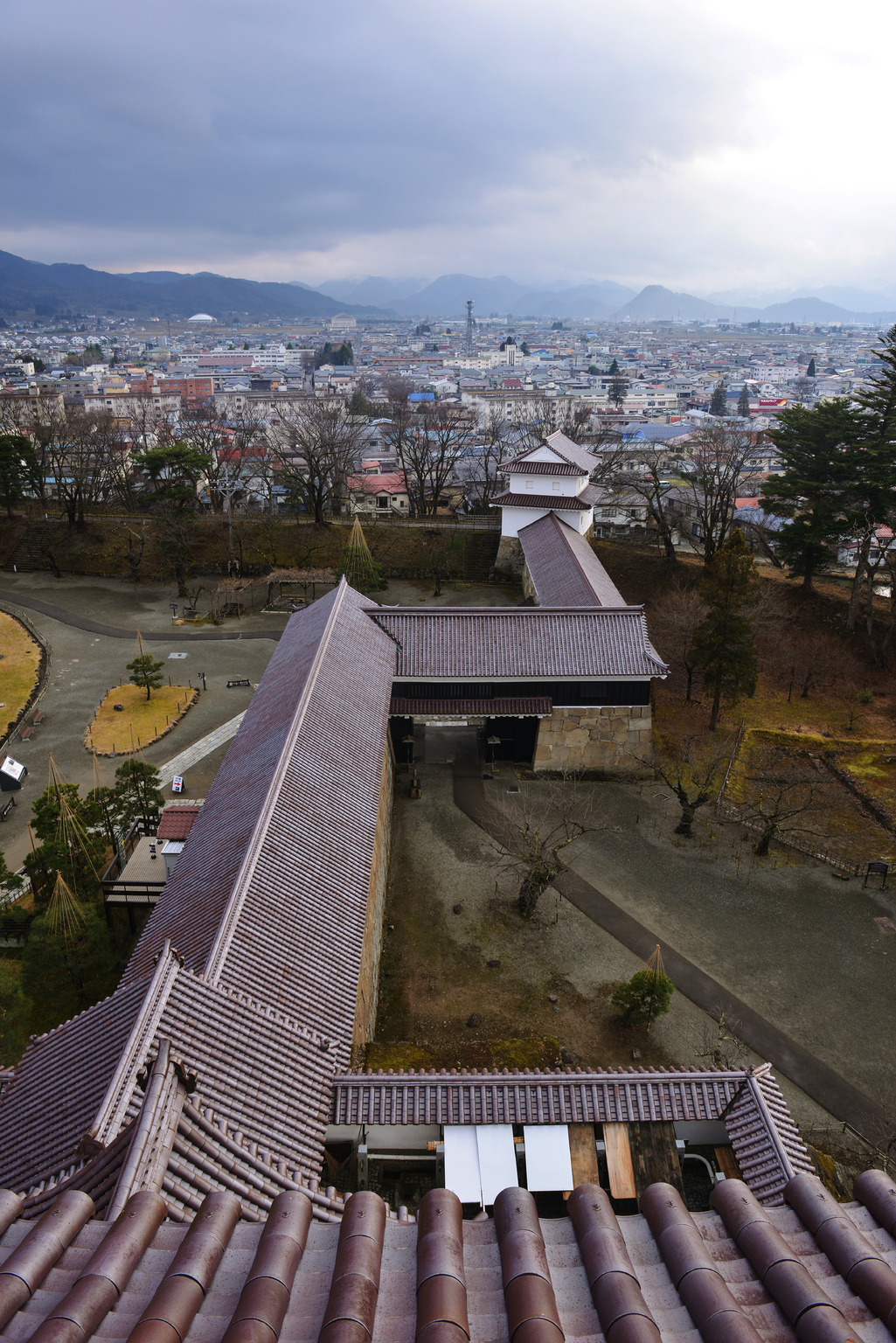
Photo by Mark Oxley
As we kept climbing the castle, we finally arrived at the top floor, where a 360-degree vista opened up of the surrounding village and Mount Bandai in the distance.
With the sunset approaching, I couldn’t help but be overwhelmed by the significance of the events that have transpired in Fukushima, as recently as 2011 and as far back as the 14th Century. And to this day, its residents remain resilient in their promotion of its appeal to travelers young and old.
Finally, we returned to Koriyama Station for our shinkansen back home, where the chaos of the city was awaiting us. But for the final hours of the trip, rocking away in the window seat of the bullet train, I felt grateful to not only to see and learn about a new part of Japan also but to redefine my perceptions of a fascinating prefecture just minutes away from Tokyo.

